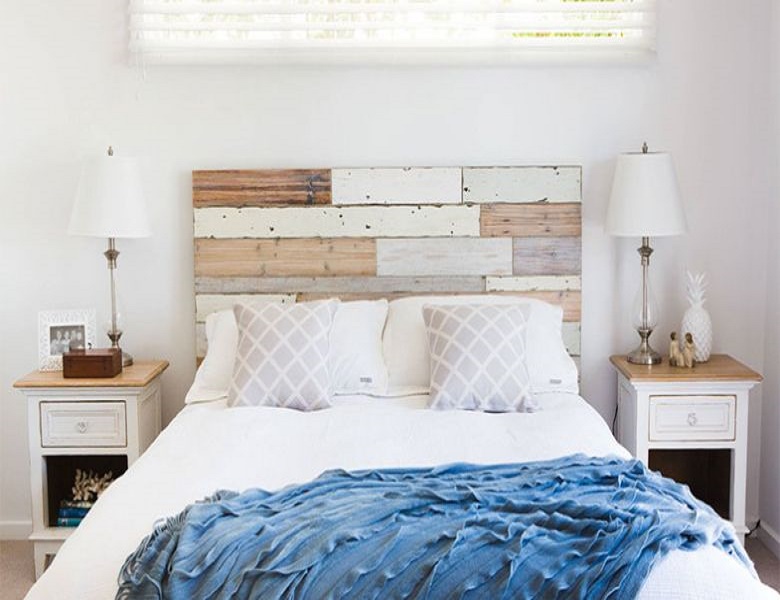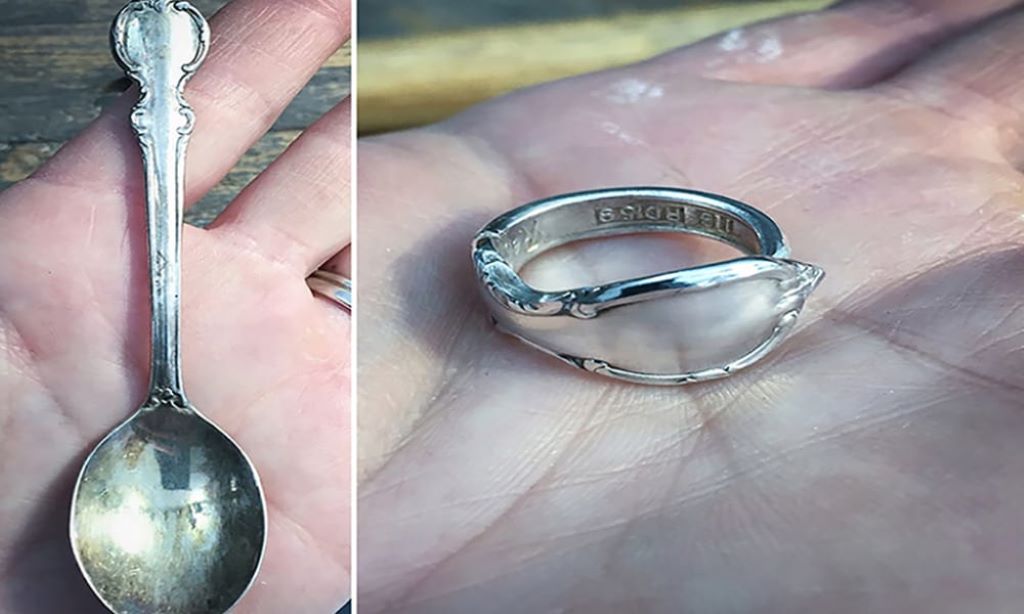Having a professional-looking backdrop can elevate your photos and videos to the next level. But buying a fancy motorized backdrop stand can cost an arm and a leg. Luckily, with some basic DIY skills and inexpensive materials from the hardware store, you can make your own easy-to-use plywood backdrop stand on a budget. In this handy guide, I’ll walk you through the entire process of constructing your own DIY plywood backdrop stand step-by-step. I made mine for less than $100 and it works great! Whether you want to take better YouTube videos, TikToks, Instagram photos or improve your video calls, this simple backdrop stand can make a big difference.
What You’ll Need
Before we get started on the build, let’s quickly go over the materials and tools you’ll need:
Materials:
- A 4ft x 8ft sheet of 5/8” plywood
- 3″ locking casters wheels (x4)
- 3” corner bracing/reinforcement (x4)
- Wood glue
- 1 1⁄4” wood screws
- Sandpaper (100 grit)
- Primer spray paint
- Paint color of your choice
Tools:
- Circular or jig saw (or get your sheet precut at the hardware store)
- Power drill
- Tape measure
- Safety glasses & dust mask
- Quick clamps (optional but useful)
Tips
Before You Start Here are some handy tips before you start cutting and drilling to make the process go smoother:
- Wear safety glasses and a dust mask when cutting and sanding to protect your eyes and lungs
- Measure twice and cut once to avoid costly mistakes
- Start by making a detailed plan of your design first
- Pre-drill holes when screwing into plywood to prevent cracking
- Use wood glue at all joints for enhanced strength
- Apply primer before final paint for a better finish
Install DIY Plywood Backdrop Stand
Here are the key steps:
Cut the Plywood Pieces
The first step is to use your circular saw or jig saw to cut your 4×8 sheet of 5/8” plywood into the following pieces (alternatively, have the cuts made at the hardware store):
- 2 pieces at 60“ tall x 24” wide (for the sides)
- 1 piece at 48” wide x 24” tall (for the top crossbar)
- 1 piece at 45” wide x 20” tall (for the bottom/base)
This will leave you with a sturdy backdrop stand that is 5 ft tall, expanding from 4 ft wide at the bottom to 6 ft wide at the top when fully constructed. Add casters to make it easy to transport and store when not in use.
Build the Side Panels
Next, we’ll assemble the two side panels. These are made of two 24” x 60” plywood panels screwed into 24” x 20” corner reinforcement triangles at the bottom. This creates an ultra-sturdy triangular structure on both sides.
Start by measuring and marking drill points in the center of both 24” edges on each 24” x 60” side panel. Use a power drill to pre-drill these holes.
Next, apply wood glue to one surface of the corner reinforcements and clamp them in place (if you have clamps) aligned with the pre-drilled holes. Use 1 1⁄4” wood screws drilled through the pre-drilled points to screw them into place permanently.
Wipe away any excess glue squeeze-out with a damp rag. Allow the glue to cure fully before moving to the next steps.
Assemble the Top Crossbar
Now we’ll construct the top crossbar that spans between the two side panels to hold them securely in place at the top. This is made from a single 48” x 24” plywood panel.
Place the plywood crossbar upside down on a flat surface. Measure and mark a point 10 inches from each end along the 48“ long edge. Then measure and mark the halfway point at 24”.
At each of these 3 points, use a drill to make a vertical hole about 1/2” in diameter completely through the plywood piece. These holes will allow you to easily raise and lower the backdrop stand in 3 sections for versatile height adjustments.
Next, stand up both side panels and space them 48” apart (outside edge to outside edge). Place the plywood top crossbar across the top edges of the side panels to double check the fit.
Once you’ve verified the spacing is correct, run a bead of wood glue along the top edge of both side panels. Then permanently screw the top crossbar into place using 1 1⁄4” wood screws pre-drilled through the plywood into the top edges of the side panels.
Add the Base
Moving down to the base, take your 45” x 20” piece of plywood and attach a locking caster wheel to each corner using suitable screws (usually provided with the wheels). Position the wheels to face inwards so they won’t stick out when collapsed.
Flip the base right-side up and place the backdrop stand with side panels attached centered precisely on top, with bottom edges making full contact. Run wood glue along the bottom edges, then pre-drill and screw through the plywood base up into bottom edge of the side panels using 1 1⁄4” wood screws.
This fully assembles a sturdy, freestanding plywood backdrop stand ready for sanding, priming and painting!
Finishing Touches
Sanding & Priming Once constructed, take 100 grit sandpaper and lightly sand all surfaces and edges to smooth everything out in preparation for painting. Use quick horizontal strokes, being careful not to round over any sharp corners or edges too much.
Vacuum up any sanding dust, then thoroughly wipe down all surfaces with a tack cloth. Apply 2-3 thin coats of spray primer, allowing proper dry time between coats. Lightly sand again with 220 grit after the last primer coat dries to create an ultra-smooth surface profile.
Painting
The possibilities here are endless when it comes to color selection. You can match your backdrop stand to your room décor, brand colors or let your creative side run wild! For best results, opt for semi-gloss or high gloss oil-based paints that stand up to repeated handling without scuffing.
It usually takes 2-3 medium wet coats for full coverage on plywood. Lightly sand with 220 grit between coats for maximum smoothness and an ultra-professional painted finish. Take your time with paint application allowing proper dry time between coats. Rushing can ruin an otherwise perfect paint job by allowing dust nibs and brush marks to permeate the final finish.
Using Your Backdrop Stand Setup and Breakdown
Thanks to the smooth-rolling casters, setup and breakdown is fast and simple. To set up, simply roll the stand into position, lock the front casters, then lift and expand each adjustable height section pulling firmly on the top crossbar. Fine tune the height by lifting from the middle and sides evenly while helping support the weight. Reverse the process to easily collapse the unit down for storage.
Hanging Your Backdrop
Use clamps attached to the top crossbar to hang your backdrop material of choice tightly from top-to-bottom. Wrinkle-free results can be achieved using thin stranded picture hanging wire stretched end-to-end behind heavier canvas or muslin backdrops. For lighter backdrop fabrics like sheets or tablecloths, carefully draping over the crossbar tightened with clamps works great.
Position Your Subject
Place your subject (or camera tripod) 3-5 feet in front of the backdrop for ideal separation. Use strong, diffused lighting from both sides to allow the backdrop to gently fade into a blur without heavy shadows. This creates more flattering portrait photos and videos with better subject isolation.
Take the Show on the Road
The great thing about a rolling plywood backdrop stand is its portability. Easily set up on location for professional results anywhere you shoot. From hotels and conventions to client photo sessions in their home or businesses, impressive backdrops convey success wherever you go!
FAQs
- What thickness plywood should I use?
5/8” plywood provides the best balance of strength and weight capacity for this backdrop stand. 3⁄4” plywood is overkill and heavier while 1⁄2” can sag over time under the weight of heavier backdrops.
- What’s the maximum weight capacity?
Approximately 50-60 lbs centered on the crossbar is the recommended safe working load for 5/8” plywood. However, construction technique and wood choice also impact overall strength.
- How wide will my backdrop be?
The top crossbar is 6 ft wide edge-to-edge. So with material draped over the ends, plan on backdrop widths from 6.5-7 ft wide depending on material thickness.
- Should I varnish over my painted backdrop stand?
Applying 1-2 protective coats of water-based polyurethane varnish is a good idea for enhanced surface protection and easier cleaning. Just be sure the painted finish has cured fully first.
- What backdrop materials can I hang?
Canvas, muslin, sheets, shower curtains and tablecloths are all popular DIY backdrop choices that work great. Use clamps for heavier materials and wires or careful draping for lighter fabrics.
Last Words
As you can see, constructing your own custom plywood backdrop stand is much easier than you may have thought. For less than $100 in materials and a Saturday afternoon building, you can create a professional photography and videography tool to take your creative projects to the next level.
With this DIY plywood backdrop stand, you can hang virtually any type of backdrop material quickly and easily. Durable construction ensures years of everyday use with proper care. And optional painting allows full customization to match your room décor or personal taste.
When selecting the perfect round backdrop stand for your needs, ensure it complements your creative vision, providing a stable foundation for clean, consistent backgrounds. Elevate your photography or video projects effortlessly, delivering polished results that convey competence and visual impact, whether impressing clients or exploring imaginative shots with family and friends—give your photos and videos an instant pro upgrade.
The possibilities are endless once you build your own plywood backdrop stand! Just follow the instructions in this guide and you’ll be capturing stunning shots in no time.




